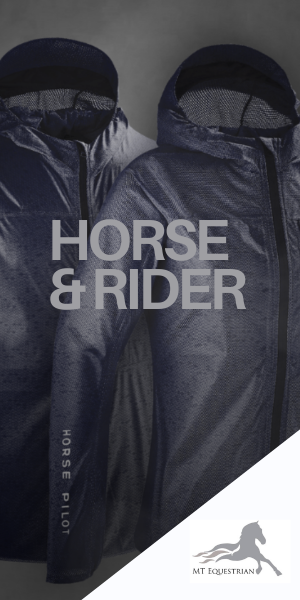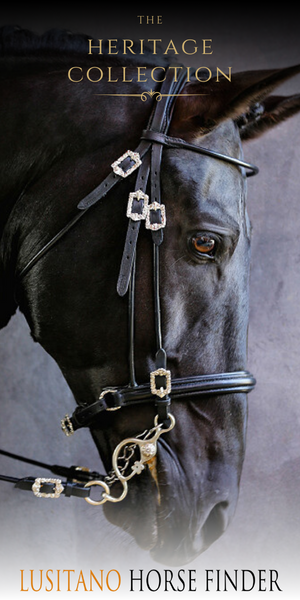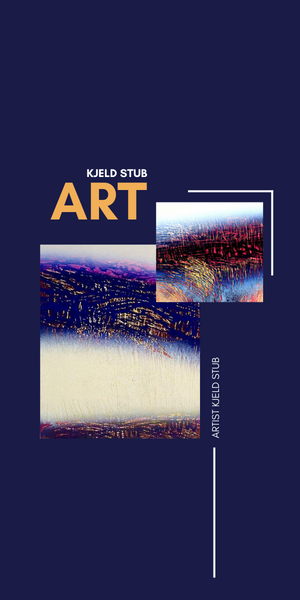The superb skills of the Campinos are not found in books or taught in any courses. No DVD or YouTube videos exist that shows how its done. The skills are passed down from father to son, or from uncle to nephew.
By Teresa Burton. Photo Lena Saugen.
The Campinos are Portugal’s cowboys. To this day, they work with the cattle on the backs of Lusitanos, using the traditional methods and skills passed down from their fathers and grandfathers. Their work remains valuable to many large cattle farms in Portugal—especially in the Ribatejo and Alentejo regions, as the large estates consider them more useful and more capable than modern machinery. EQUILIFE travelled to Portugal to experience their skills in real life.

We had very little idea what to expect when we approached the farm entrance early in the morning to accompany them for their day’s work. The farm I choose was Companhia das Lezirias, which is located about 30 minutes from Lisbon. The close proximity to Portugal’s capital was hard to imagine as we drove down a dusty dirt track between wide expanses of flat pale yellow dusty land, outlined by rustic fences and containing little sign of life apart from the array of birds dancing in the soft breeze. I felt as though we were in a Western movie, and at any minute would happen upon a wagon trail.

Eventually, more signs of life came into view—a smaller fenced area, a couple of long sheds, and some outdoors hay feeders. White Lusitanos stared at us from the paddocks. A bull’s skull swung on the gatepost, and a few old dogs lying around merely raised an eye in response to our appearance. Here, we meet our Campino team for the day: Fernando, the boss, well over 60 years old but fighting fit, plus 4 others all dressed in shirts, traditional trousers, braces, and brown leather boots.

They were busily preparing their Lusitanos in a long, dark shed adorned with bridles, saddles, skins hanging from wooden beams, and various bottles, boxes, hay feeders, and other paraphernalia. Bright sunlight streamed through a small window, giving the place a mystical atmosphere, watching I felt we could have been in any era. One of the Campinos, while swigging from a bottle of chocolate milk, talked with us about their work and how he learned from his father. They were all trained by their fathers. Fernando had been working on the same farm for 35 years; his energy and the healthy twinkle in his eyes suggested a good life.

They were polite, gentle-mannered men with wide smiles. I sensed there was great camaraderie between them. To be honest, they were hardly bothered that we were there or that they would be featured in a magazine article—it would make no difference in their lives. They put on no special show for us, and I found it refreshing.

“They were hardly bothered that we were there or that they would be featured in a magazine article—it would make no difference in their lives.”
Their tack was traditional. The military-style saddles were quite basic, lighter in weight than typical Portuguese traditional saddles, with the top covered with sheepskin. Underneath the saddle a large, simple, brown woolen saddlecloth (for festas, they often used more brightly coloured wool clothes). The stirrups were of the box style; some had their brand engraved onto them. The bridle was a simple brown leather model with plain square silver buckles and a Pelham bit. The Lusitanos were all mares (spare for an occasional gelding), all bred on the farm.

THE CAMPINOS HORSE
The Campino-horses starts training at 4 years old; it takes 12-18 months for them to be suitably trained for their position in the working team. Every Lusitano appeared extremely confident and laid back—they were clearly happy with their lives and seemed to enjoy working with the cattle.
Once prepared, the horses were led onto a large green metal trailer, which would take them out to the fields. Each man had a long pole, called the vara (Garrocha), used for working the cattle and when bringing down a bull. We followed the trailer in Fernando’s pickup.
The dusty track took us by several huge fields where large herds of cattle were grazing. The breeding cows were only Portuguese breeds: the Mertolenga and the Preta. On this particular farm, there are 2500 cattle— but they also have other farms.

Breeding is carried out for meat, so the Portuguese cows are crossed with French Charolais and Limousine bulls. The plan for this day was to separate the cows with six-month-old calves from the others in a herd of 250. We pulled through the gate of a large pasture and they unloaded the horses. We watched as they mounted their horses using a traditional technique: The horse would lower itself by stretching its front legs forward. Once on, they headed off towards the herd they intended to drive into another field—which appeared to me just as huge. We parked by the adjoining gates and watched the cattle amble by.

The Campinos worked silently, apart from special noises used to urge the cattle forward or head them off. The herd was sent to the corner of the field; here, they took up their positions for separating the cattle. Everything was done extremely calmly. The cows seemed unworried and the riders simply remained in their positions and waited silently until Fernando rode into the herd to the first mother and calf pair, which he eased out.

“Not once did the team shout—they just knew exactly what to do and when.”
They trotted away across the field, followed by two more, and so it went on. Not once did the team shout—they just knew exactly what to do and when. Some cattle attempted to join the other group, and instantly the horses were in action, galloping in a wide circle around them to head them off, leaping over the grass tuffs. Still, there was no shouting. The whole herd separation took about 1.5 hours, and then the team drove the selected cows and calves back into the corrals.

Back at the ranch, we waited in the stillness and silence of what was now a very hot day. From up in the cloudless sky the sun burned onto the dry dusty land. Lena, the photographer, positioned herself on a wall close to the corral entrance, while Rodrigo climbed up the tower ladder to try and spot them. There we quietly waited, until at last a dust cloud rose in the distance and we knew that they were near. The cloud rolled towards us. With the rumbling sound of pounding hooves on the dry ground, they carried the dust onward, hiding in its dense billows. Then, like magic, the front riders appeared, bursting through, followed closely by the cows as they trotted into the corral. The rest of the Campino team brought up the rear. In no time at all, the cows and calves were in a small pen, and they quickly separated the cows into the paddock and had the calves checked and marked, ready to go to a field on another farm.

Currently, about 25 farms still employ Campinos—mostly in the Ribatejo region, and a few in the Alentejo. There is a lot to be admired about the lifestyle and work done by these often-overlooked men. They are excellent horsemen and have wonderful relationships with their horses. The horses are not kept in the luxurious conditions that many of our horses enjoy today, but I would say that they are happy and content with their lives. Clearly, they could almost work with the cattle by themselves; they are so in tune with the task and eager to do it.

The Roots of Working Equitation
The now international sport of ‘Working Equitation’—founded in Italy, Portugal, Spain and France— was developed with the idea of preserving traditional country riding, farm work, cultural traditions, and costumes and tack from each country. This sport is exciting to watch; the idea is to demonstrate the collaboration and trust between horse and rider. It is a combination of flatwork (dressage) and ‘natural’ obstacles that reflect country-riding activities, in addition to the use of garrocha (vava) and working with cattle. Working Equitation promotes good horsemanship and has been described as “functional dressage”, as the aim is to have a functional horse-rider relationship. It is a sport rapidly gaining popularity worldwide.

Thanks to lusitanohorsefinder.com & Photographer Lena Saugen





